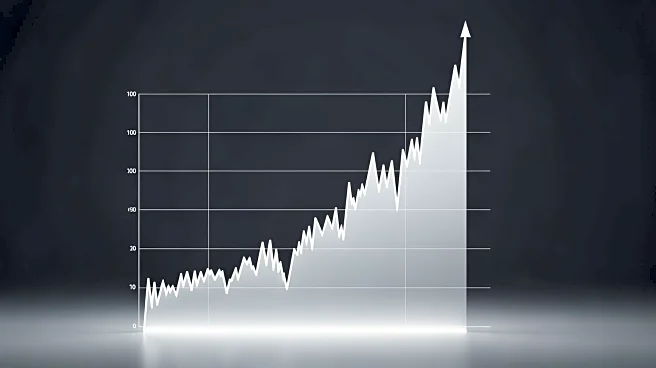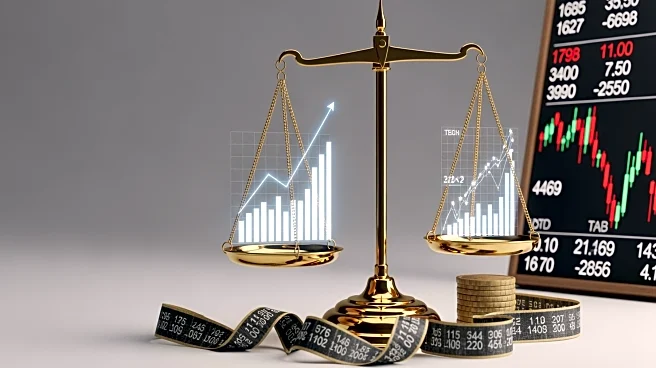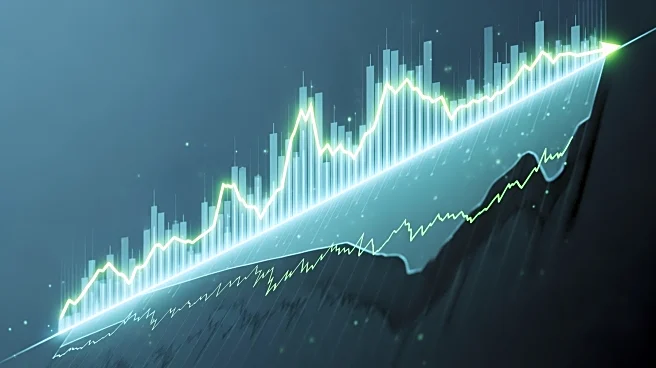What's Happening?
The Shiller PE Ratio, a key economic indicator, has reached its highest level since November 1999, a period marked by the dot-com bubble. This ratio, which measures the price-to-earnings ratio of the S&P
500, is used to assess whether the stock market is overvalued. The current high level has raised concerns about potential market instability, reminiscent of the conditions leading up to the dot-com crash. The Indicator from Planet Money podcast explores the implications of this development, discussing the mechanics of the Shiller PE Ratio and its historical significance.
Why It's Important?
The elevated Shiller PE Ratio suggests that the stock market may be overvalued, which could lead to a correction or downturn. This is significant for investors and financial institutions as it may impact investment strategies and economic forecasts. A high ratio often precedes market corrections, which can affect consumer confidence and spending, potentially leading to broader economic consequences. Understanding this indicator helps stakeholders anticipate and mitigate risks associated with market volatility.
What's Next?
Financial analysts and investors will likely monitor the Shiller PE Ratio closely for further signs of market instability. If the ratio continues to rise, it may prompt a reevaluation of investment strategies and increased caution in financial markets. Policymakers might also consider measures to stabilize the economy and prevent a potential market crash. The ongoing analysis and discussion in financial media will play a crucial role in shaping public perception and response.
Beyond the Headlines
The Shiller PE Ratio's rise could reflect broader economic trends, such as increased speculation and investment in technology stocks, similar to the dot-com era. This may indicate a shift in market dynamics, with potential implications for regulatory policies and investor behavior. The historical context of the dot-com bubble serves as a cautionary tale, highlighting the need for vigilance in monitoring economic indicators.











